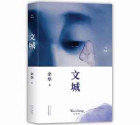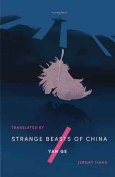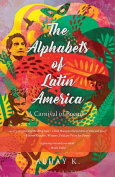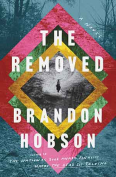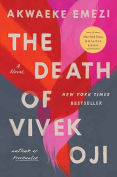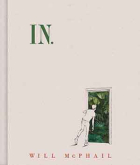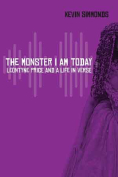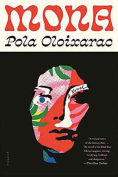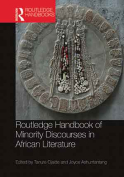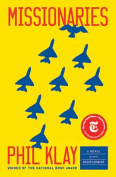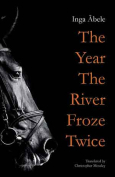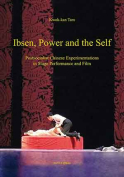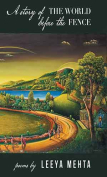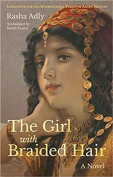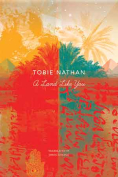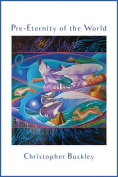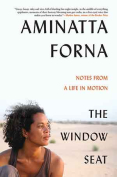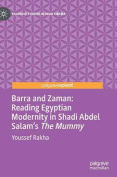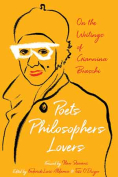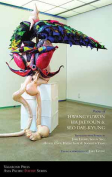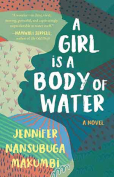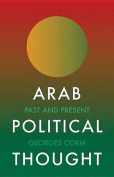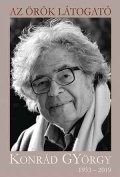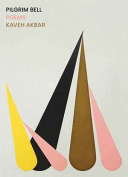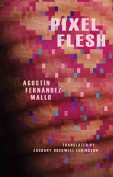Moonshot: The Indigenous Comics Collection Vol 3
 Toronto, Ontario. Inhabit Education Books. 2020. 144 pages.
Toronto, Ontario. Inhabit Education Books. 2020. 144 pages.
COMICS CREATED BY Indigenous makers teach readers about contemporary Native North American peoples, their stories, traditions, and struggles for cultural continuance in a deafening American and Canadian landscape that continues to ignore Indigenous presence. In the case of volume 3 of Moonshot: The Indigenous Comics Collection, the Indigenous artists and writers push past the present and take readers into the future, reimagining that space with Indigenous peoples and experiences at the core.
The opening comic is Jennifer Storm’s “Future World,” illustrated by Kyle Charles, which opens in the year 2171, when Earth is no longer inhabitable with polluted air and water, leaving humans to interact with Earth experiences via simulation. The Indigenous character in a futuristic hazmat suit considers a variety of selections from a screen that offers “Sit in the park of fresh air for only $79.99 an hour” or “Experience your god of choice for only $49.99 an hour.” But the character only wants to sit with an elder in time-sensory travel to hear traditional stories, until the machine “malfunctions” and something quite unexpected occurs. This comic opens with an important centering pull, “[Popular media] offers this idea of Indigenous people as existing only in historical times. The opposite is true: Indigenous people have survived to modern times and they are not just legendary people of days gone by.”
In her foreword to the collection, Grace Dillon, editor of Walking the Clouds: An Anthology of Indigenous Science Fiction, writes brief summaries of the varied stories and culturally specific storytelling found within these Indigenous futurisms, comics that focus on everything from eco-tourism, water rights, climate justice, generational trauma, ceremony, Indigenous ways of respect and being in good relation, and potential dystopian futures. She concludes, “I hope greatly that you will enjoy these graphic narratives as much as I have. They reflect language, the way we act and think, how we can choose to live—Mino Bimaadiziwin, living a good life.”
Like the character in “Future World,” readers of this collection will walk an unexpected path of story that weaves a new narrative of Indigenous imagination and experience. Indigenous characters stand front and center, giving readers a chance to dwell on stories, landscapes, and a range of imaginings they haven’t seen or heard before. This collection celebrates the resilience of Indigenous peoples and their many forms of storytelling.
Amanda Morris
Kutztown University of Pennsylvania


